-
 Bitcoin
Bitcoin $113900
-1.39% -
 Ethereum
Ethereum $3517
-4.15% -
 XRP
XRP $3.009
1.59% -
 Tether USDt
Tether USDt $0.9997
-0.04% -
 BNB
BNB $766.8
-1.41% -
 Solana
Solana $164.6
-2.38% -
 USDC
USDC $0.9998
-0.02% -
 TRON
TRON $0.3277
0.65% -
 Dogecoin
Dogecoin $0.2023
-1.67% -
 Cardano
Cardano $0.7246
0.05% -
 Hyperliquid
Hyperliquid $38.27
-4.77% -
 Sui
Sui $3.528
-0.52% -
 Stellar
Stellar $0.3890
-0.73% -
 Chainlink
Chainlink $16.16
-2.69% -
 Bitcoin Cash
Bitcoin Cash $539.9
-4.38% -
 Hedera
Hedera $0.2425
-2.00% -
 Avalanche
Avalanche $21.71
-0.97% -
 Toncoin
Toncoin $3.662
5.73% -
 Ethena USDe
Ethena USDe $1.000
-0.02% -
 UNUS SED LEO
UNUS SED LEO $8.964
0.35% -
 Litecoin
Litecoin $107.7
2.33% -
 Shiba Inu
Shiba Inu $0.00001223
-0.40% -
 Polkadot
Polkadot $3.617
-0.97% -
 Uniswap
Uniswap $9.052
-2.49% -
 Monero
Monero $295.1
-3.79% -
 Dai
Dai $0.9999
0.00% -
 Bitget Token
Bitget Token $4.315
-1.85% -
 Pepe
Pepe $0.00001060
0.11% -
 Cronos
Cronos $0.1342
-2.72% -
 Aave
Aave $256.0
-0.87%
The long upper shadow line tests the previous high: the pressure level fails to break through?
A long upper shadow testing a previous high in crypto markets often signals a reversal, indicating strong resistance and potential for price declines.
Jun 09, 2025 at 03:21 am

The long upper shadow line on a candlestick chart is a significant technical indicator in the cryptocurrency market, often signaling a potential reversal or a rejection of higher prices. When this pattern occurs and tests the previous high, it suggests that the market has encountered a resistance level that it could not break through. Understanding this phenomenon is crucial for traders and investors who aim to make informed decisions based on market movements.
Understanding the Long Upper Shadow Line
A candlestick with a long upper shadow indicates that during the trading period, the price reached a high level but closed significantly lower than that peak. The upper shadow represents the difference between the high price and the closing price. When this long upper shadow tests the previous high, it means the price attempted to break through a resistance level established by the previous peak but failed to maintain that level by the end of the period.
The Significance of Testing Previous Highs
When a cryptocurrency's price tests a previous high, it is often a critical moment for traders. The previous high represents a resistance level where selling pressure previously overcame buying pressure, causing the price to reverse. If the price fails to break through this level, it reinforces the strength of the resistance. The long upper shadow in this scenario suggests that despite an initial push to new highs, the market sentiment shifted, and sellers took control, pushing the price back down.
Analyzing the Failure to Break Through
The failure to break through a resistance level indicated by a long upper shadow can be attributed to several factors. Firstly, it may signal that bullish momentum is waning, and buyers are losing confidence. Secondly, it could indicate that sellers are entering the market at the previous high, seeing it as a profitable point to sell. Additionally, the long upper shadow might reflect profit-taking by investors who bought at lower levels and are now selling to lock in gains.
Technical Indicators and Confirmation
To confirm the significance of a long upper shadow testing the previous high, traders often look for additional technical indicators. Volume is a crucial factor; a high volume during the formation of the long upper shadow suggests strong selling pressure. Additionally, momentum indicators like the Relative Strength Index (RSI) or the Moving Average Convergence Divergence (MACD) can help confirm whether the market is overbought, which might explain the failure to break through the resistance level.
Market Sentiment and Psychological Impact
The psychological impact of a long upper shadow testing the previous high cannot be underestimated. When traders see the price fail to break through a known resistance level, it can lead to a shift in market sentiment. This shift can trigger further selling as traders and investors adjust their expectations and strategies. The failure to break through can also lead to a self-fulfilling prophecy, where more traders sell in anticipation of further declines, thus pushing the price down even more.
Case Studies of Long Upper Shadows Testing Previous Highs
To illustrate the impact of a long upper shadow testing the previous high, consider the following examples from the cryptocurrency market:
Bitcoin (BTC): In early 2021, Bitcoin experienced a long upper shadow that tested its previous high of around $42,000. Despite an initial surge past this level, the price closed significantly lower, forming a long upper shadow. This failure to break through the resistance level led to a subsequent pullback, reinforcing the $42,000 level as a strong resistance.
Ethereum (ETH): In mid-2021, Ethereum saw a similar pattern when it tested its previous high of around $4,000. The long upper shadow that formed after failing to break through this level signaled a rejection of higher prices, leading to a period of consolidation and eventual decline.
Trading Strategies Based on Long Upper Shadows
Traders can use the long upper shadow testing the previous high as a signal to adjust their strategies. Here are some potential approaches:
Short Selling: If a trader believes the failure to break through the resistance level signals a potential reversal, they might consider short selling the cryptocurrency. This involves borrowing the asset, selling it at the current price, and buying it back at a lower price to return to the lender, profiting from the price difference.
Setting Stop-Loss Orders: For those holding long positions, the formation of a long upper shadow testing the previous high can be a signal to set or adjust stop-loss orders. This helps protect against potential declines by automatically selling the asset if the price falls to a certain level.
Waiting for Confirmation: Some traders might choose to wait for further confirmation before making a move. This could involve waiting for the price to break below a key support level or for additional technical indicators to align with the bearish signal provided by the long upper shadow.
Practical Steps for Analyzing Long Upper Shadows
When analyzing a long upper shadow that tests the previous high, traders can follow these steps:
Identify the Long Upper Shadow: Look for a candlestick with a significantly long upper shadow compared to its body. The closing price should be well below the high of the period.
Compare to Previous Highs: Check if the high of the long upper shadow aligns with a previous high or resistance level. This can be done using historical price data or technical analysis tools.
Assess Volume and Other Indicators: Examine the trading volume during the formation of the long upper shadow. Also, consider other technical indicators like RSI or MACD to gauge market momentum and overbought conditions.
Evaluate Market Sentiment: Consider news and events that might influence market sentiment. Look for signs of profit-taking or increased selling pressure that could explain the failure to break through the resistance level.
Develop a Trading Plan: Based on the analysis, decide on a trading strategy. This could involve short selling, adjusting stop-loss orders, or waiting for further confirmation before taking action.
Frequently Asked Questions
Q: Can a long upper shadow testing the previous high ever be a bullish signal?
A: While a long upper shadow testing the previous high is generally considered a bearish signal, it can occasionally be part of a bullish continuation pattern. For example, if the long upper shadow is followed by a period of consolidation and then a breakout to new highs, it could indicate that the initial rejection was a temporary setback rather than a reversal. However, this scenario is less common and requires careful analysis of subsequent price action and volume.
Q: How can traders differentiate between a long upper shadow and a shooting star candlestick pattern?
A: A long upper shadow is a general term for a candlestick with a significant upper wick, while a shooting star is a specific bearish reversal pattern. A shooting star has a small body at the lower end of the trading range and a long upper shadow, often appearing after an uptrend. To differentiate, traders should look at the context: a shooting star typically occurs after a price increase and signals a potential reversal, whereas a long upper shadow can appear in various contexts and may not always indicate a reversal.
Q: What other technical patterns should traders watch for in conjunction with a long upper shadow testing the previous high?
A: Traders should watch for patterns like the bearish engulfing pattern, which can confirm a potential reversal. Additionally, a head and shoulders pattern, if forming around the same time as the long upper shadow, can provide further evidence of a bearish trend. The presence of these patterns alongside the long upper shadow can strengthen the bearish signal and help traders make more informed decisions.
Q: How can traders use the long upper shadow testing the previous high in conjunction with other time frames?
A: Traders can use multiple time frames to confirm the significance of a long upper shadow testing the previous high. For example, if the long upper shadow appears on a daily chart and is also visible on a weekly chart, it suggests a stronger rejection of the resistance level. Conversely, if the pattern is only visible on a shorter time frame like a 1-hour chart, it may indicate a more temporary setback. By analyzing the pattern across different time frames, traders can gain a better understanding of its potential impact on the market.
Disclaimer:info@kdj.com
The information provided is not trading advice. kdj.com does not assume any responsibility for any investments made based on the information provided in this article. Cryptocurrencies are highly volatile and it is highly recommended that you invest with caution after thorough research!
If you believe that the content used on this website infringes your copyright, please contact us immediately (info@kdj.com) and we will delete it promptly.
- Solana, Axiom Exchange, and Revenue: Navigating the Future of DeFi
- 2025-08-02 12:50:12
- Cardano (ADA) and Altcoin Gains: Navigating the Crypto Landscape
- 2025-08-02 12:55:11
- Bitcoin's Bearish Momentum: Fakeout or the Real Deal?
- 2025-08-02 12:30:12
- Ethereum's Rocky Climb: Analysts Eye New ATH Despite Recent Dip
- 2025-08-02 10:30:11
- Ethereum Price, ETF Inflows, and ETH Tokens: What's Driving the Market?
- 2025-08-02 10:50:12
- Ethereum, ADA, and Price Support: What's Next for These Crypto Titans?
- 2025-08-02 10:50:12
Related knowledge
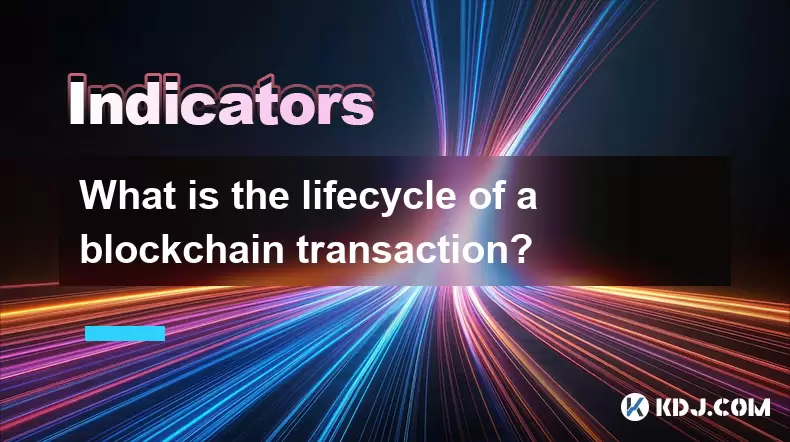
What is the lifecycle of a blockchain transaction?
Aug 01,2025 at 07:56pm
Initiation of a Blockchain TransactionA blockchain transaction begins when a user decides to transfer digital assets from one wallet to another. This ...
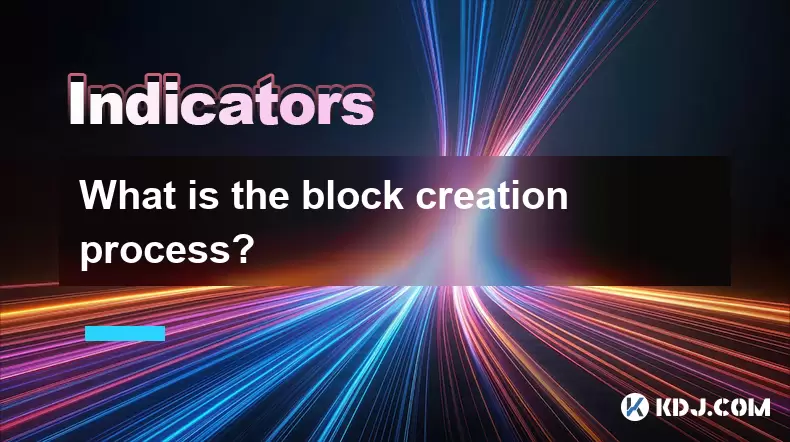
What is the block creation process?
Aug 02,2025 at 02:35am
Understanding the Block Creation Process in CryptocurrencyThe block creation process is a fundamental mechanism in blockchain networks that enables th...

How do I secure my private key?
Aug 01,2025 at 05:14pm
Understanding the Importance of Private Key SecurityYour private key is the most critical component of your cryptocurrency ownership. It is a cryptogr...
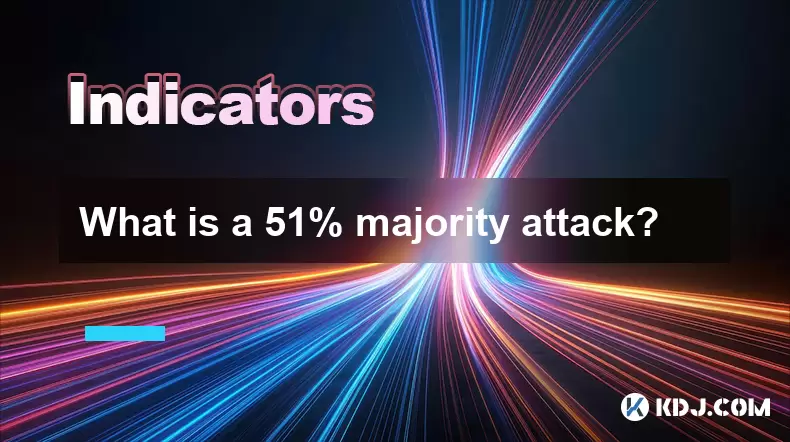
What is a 51% majority attack?
Aug 01,2025 at 09:15pm
Understanding the Concept of a 51% Majority AttackA 51% majority attack occurs when a single entity or group gains control over more than half of a bl...
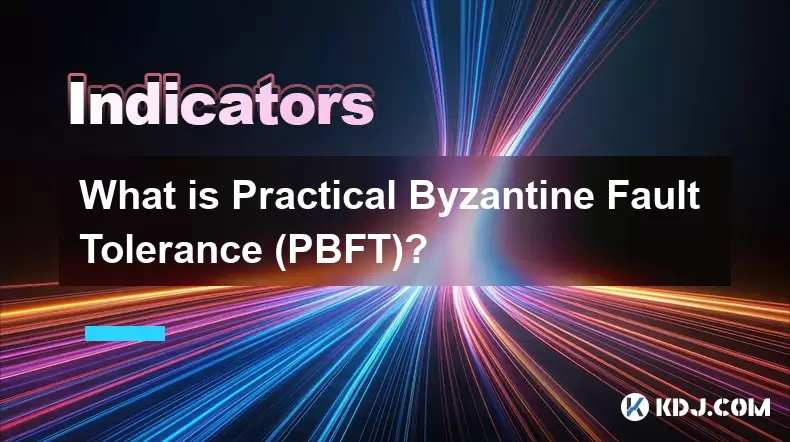
What is Practical Byzantine Fault Tolerance (PBFT)?
Aug 02,2025 at 06:42am
Understanding the Byzantine Generals ProblemThe foundation of Practical Byzantine Fault Tolerance (PBFT) lies in solving the Byzantine Generals Proble...
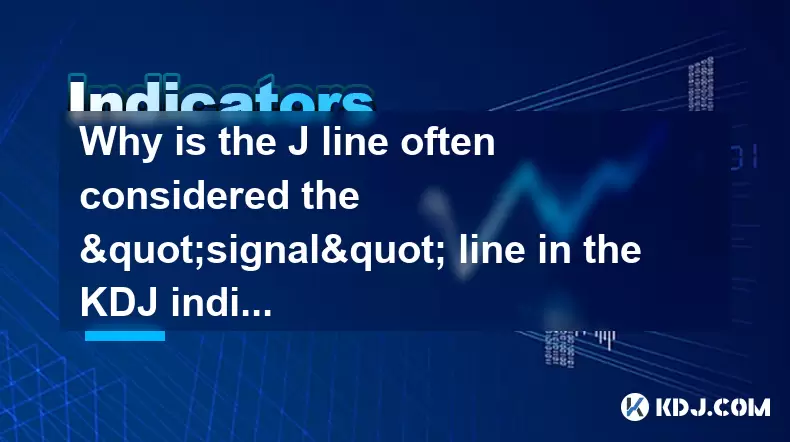
Why is the J line often considered the "signal" line in the KDJ indicator?
Aug 01,2025 at 07:28pm
Understanding the KDJ Indicator StructureThe KDJ indicator is a momentum oscillator widely used in cryptocurrency trading to identify overbought and o...

What is the lifecycle of a blockchain transaction?
Aug 01,2025 at 07:56pm
Initiation of a Blockchain TransactionA blockchain transaction begins when a user decides to transfer digital assets from one wallet to another. This ...

What is the block creation process?
Aug 02,2025 at 02:35am
Understanding the Block Creation Process in CryptocurrencyThe block creation process is a fundamental mechanism in blockchain networks that enables th...

How do I secure my private key?
Aug 01,2025 at 05:14pm
Understanding the Importance of Private Key SecurityYour private key is the most critical component of your cryptocurrency ownership. It is a cryptogr...

What is a 51% majority attack?
Aug 01,2025 at 09:15pm
Understanding the Concept of a 51% Majority AttackA 51% majority attack occurs when a single entity or group gains control over more than half of a bl...

What is Practical Byzantine Fault Tolerance (PBFT)?
Aug 02,2025 at 06:42am
Understanding the Byzantine Generals ProblemThe foundation of Practical Byzantine Fault Tolerance (PBFT) lies in solving the Byzantine Generals Proble...

Why is the J line often considered the "signal" line in the KDJ indicator?
Aug 01,2025 at 07:28pm
Understanding the KDJ Indicator StructureThe KDJ indicator is a momentum oscillator widely used in cryptocurrency trading to identify overbought and o...
See all articles

























































































